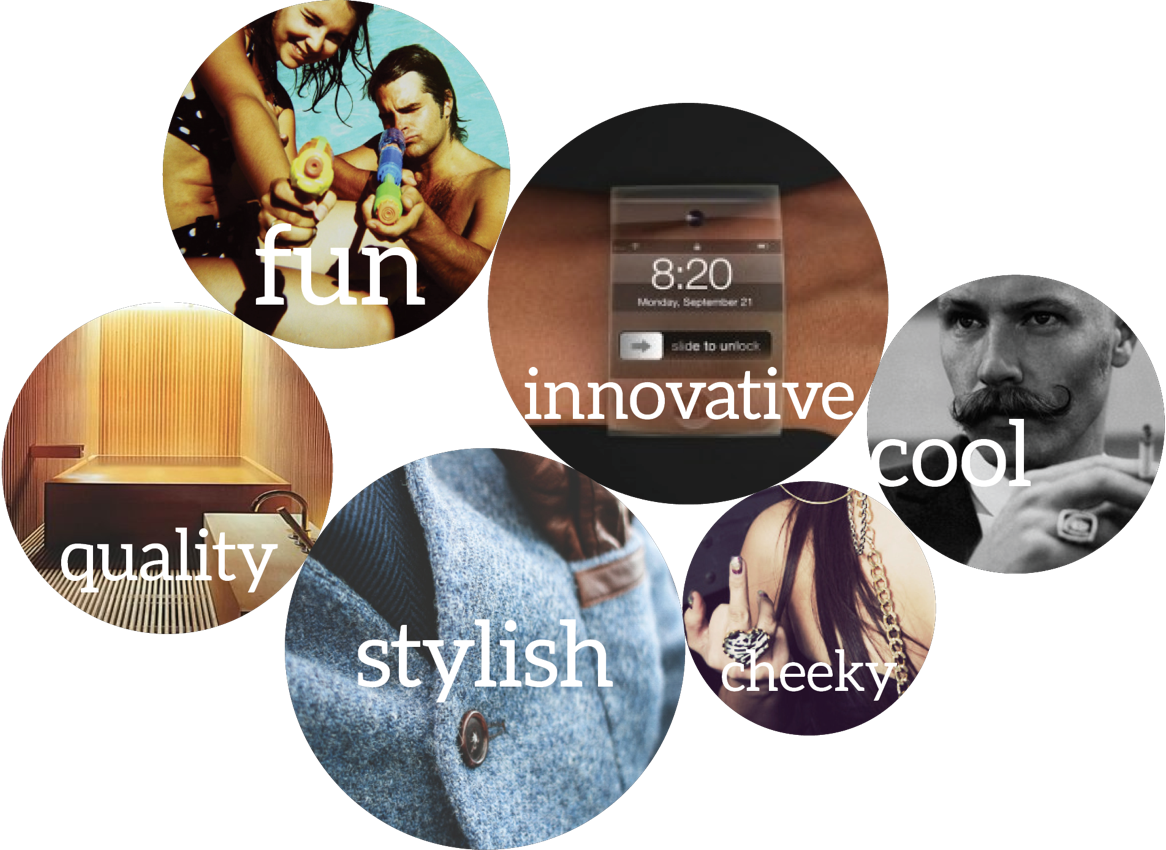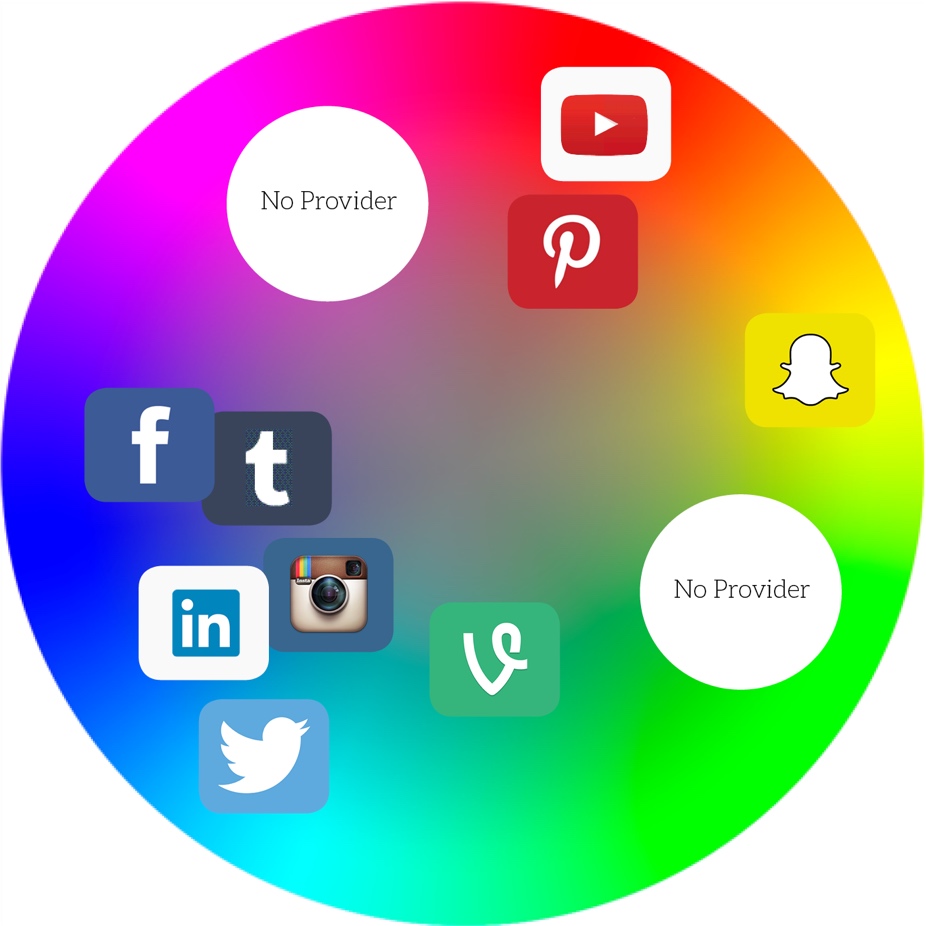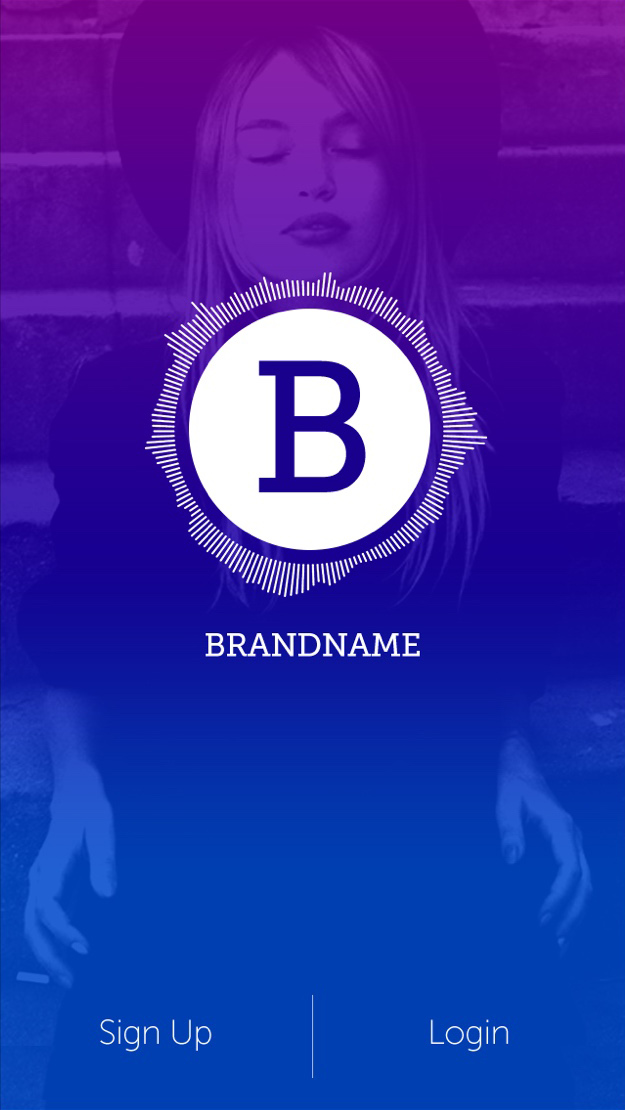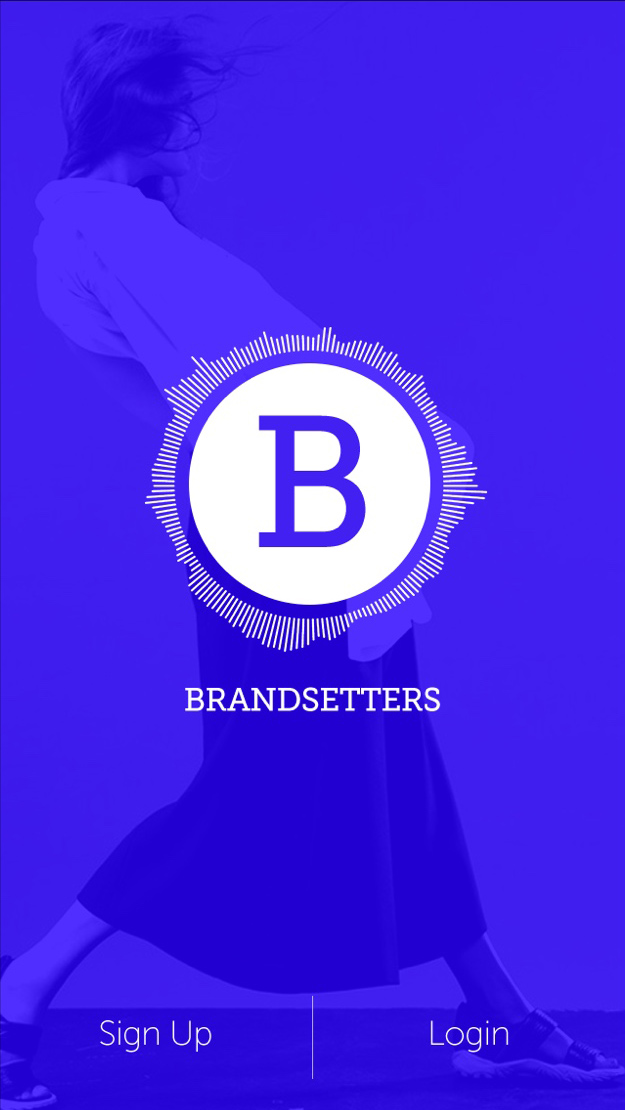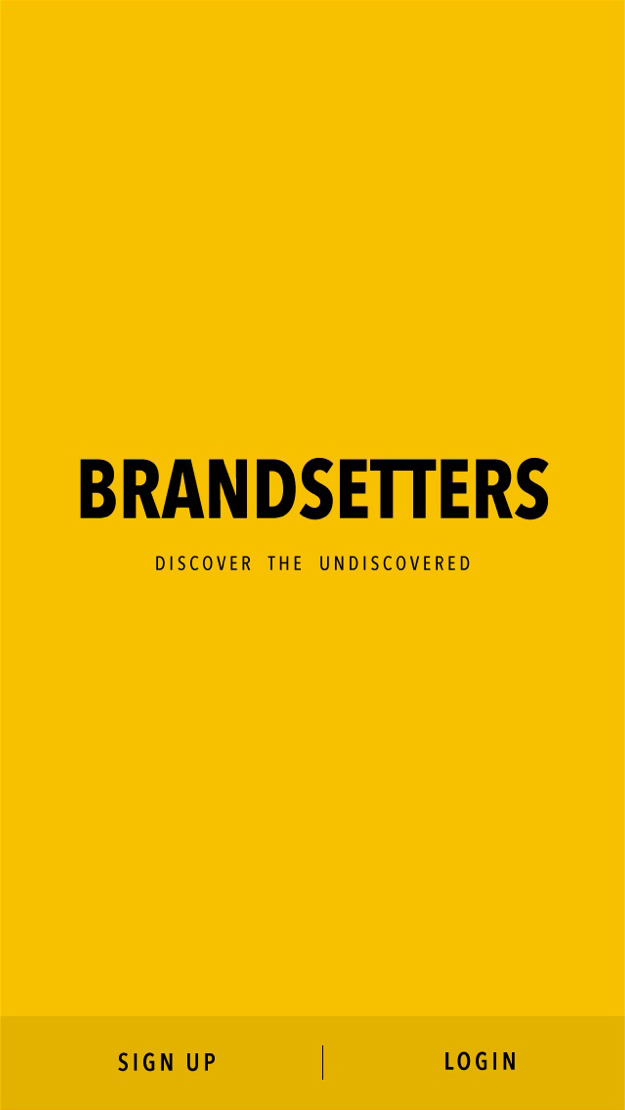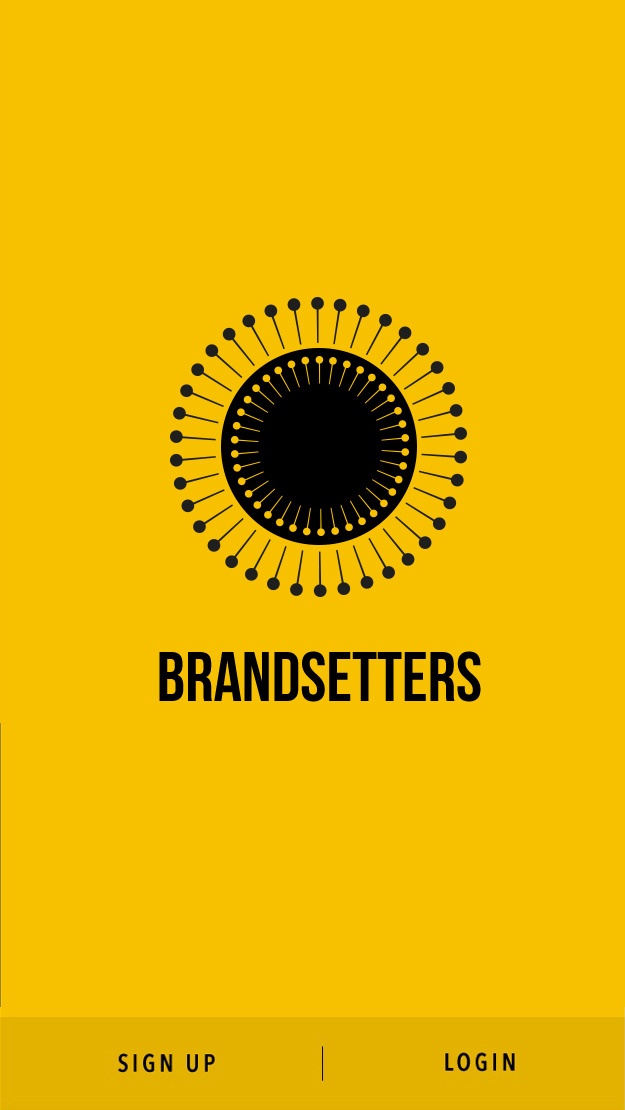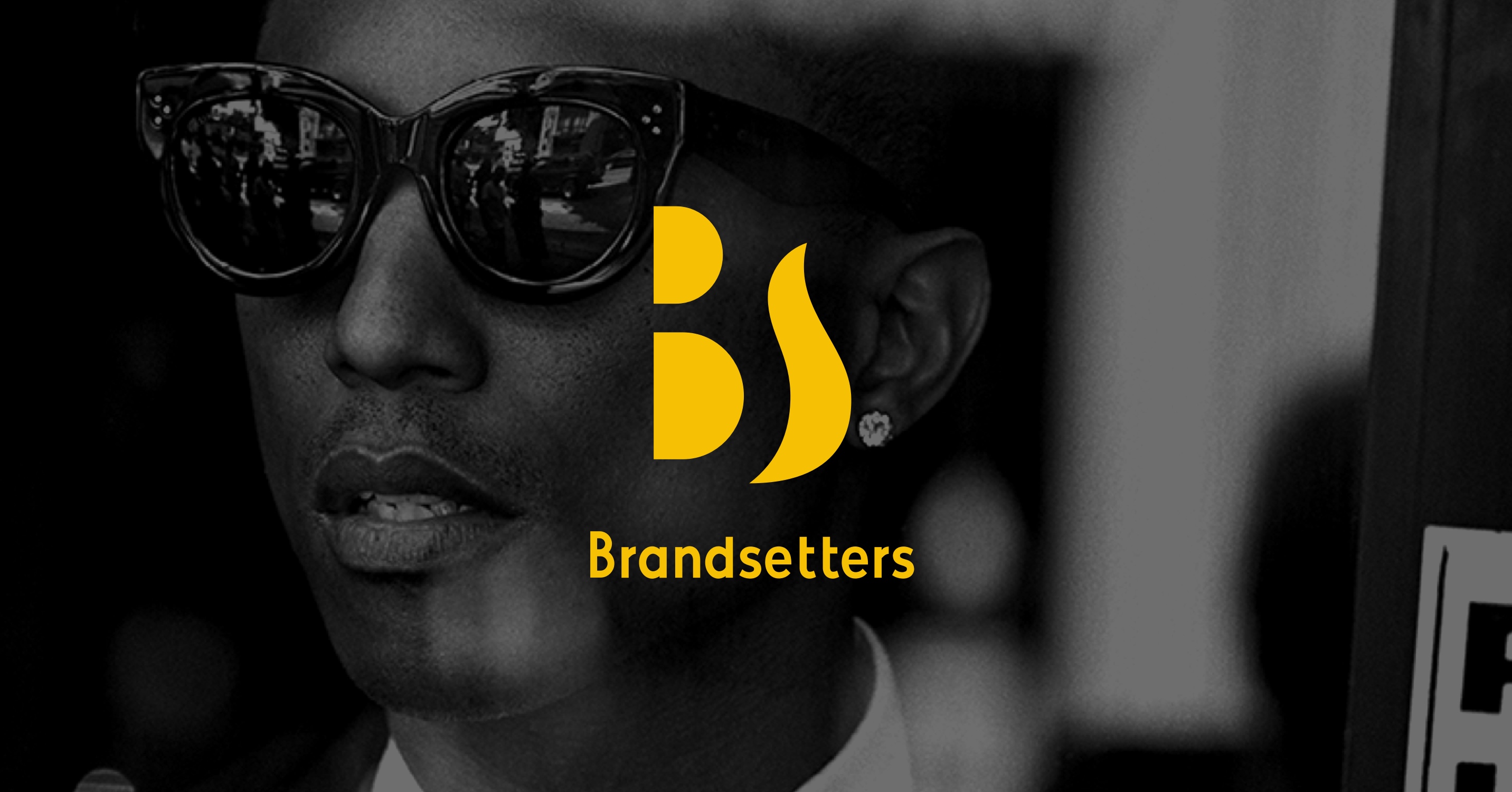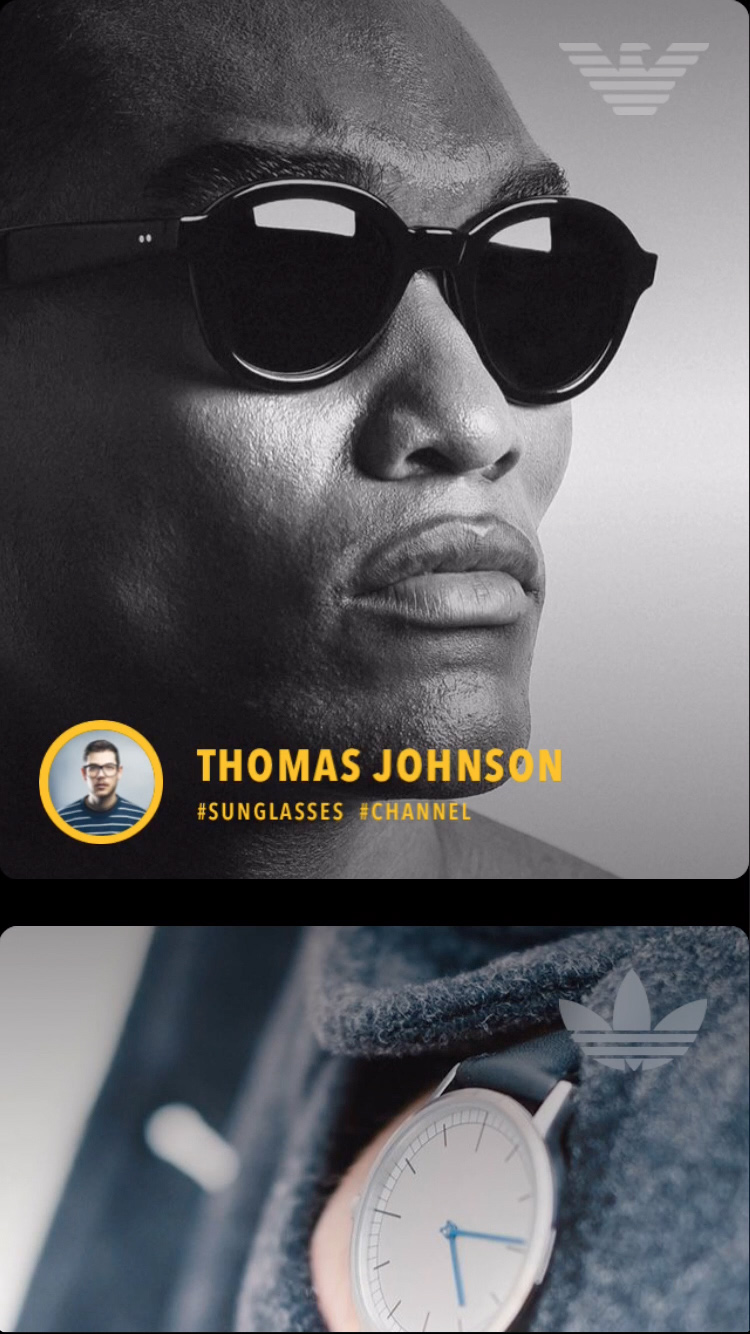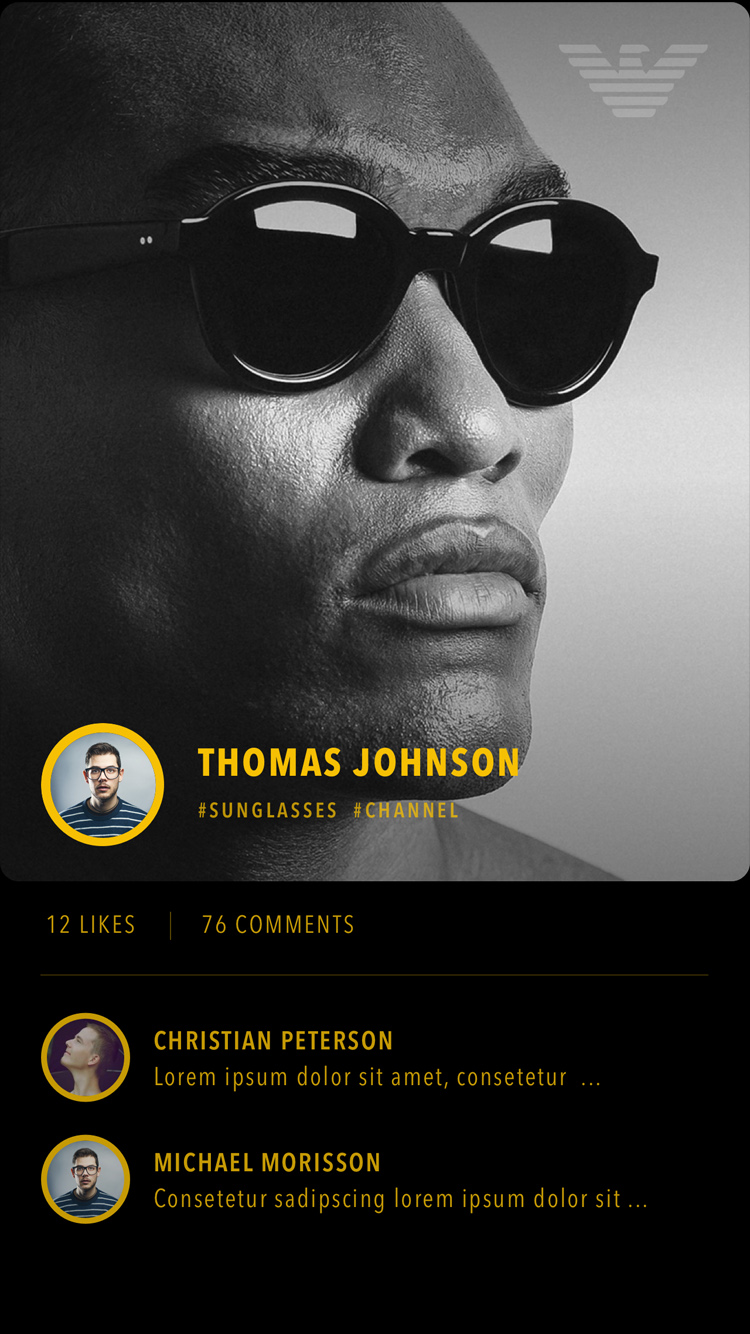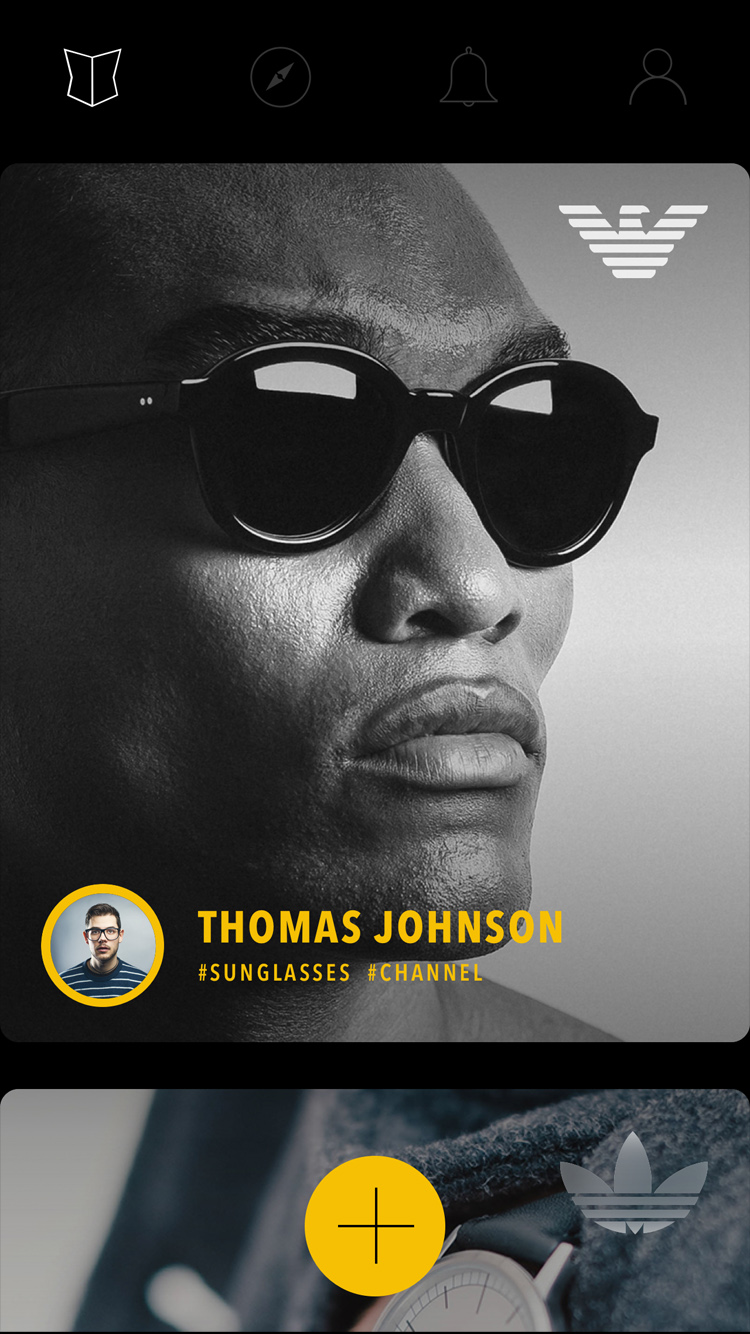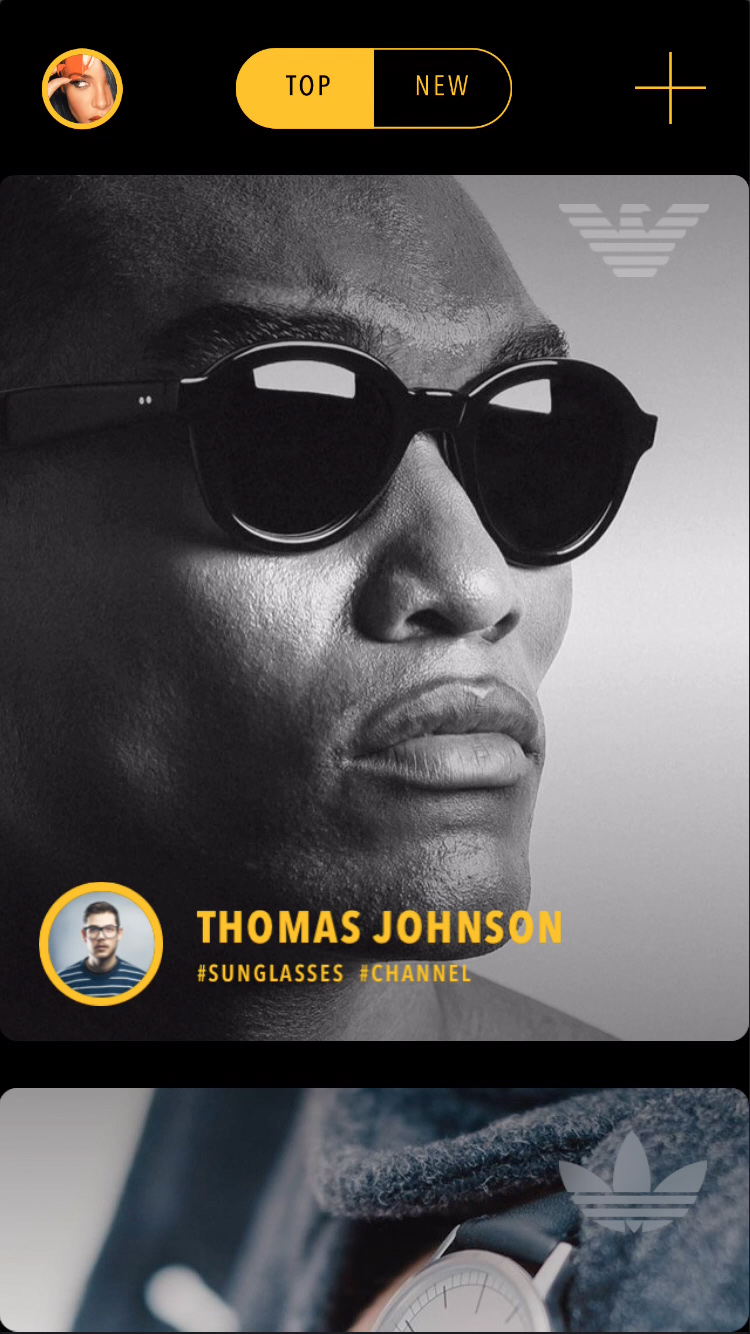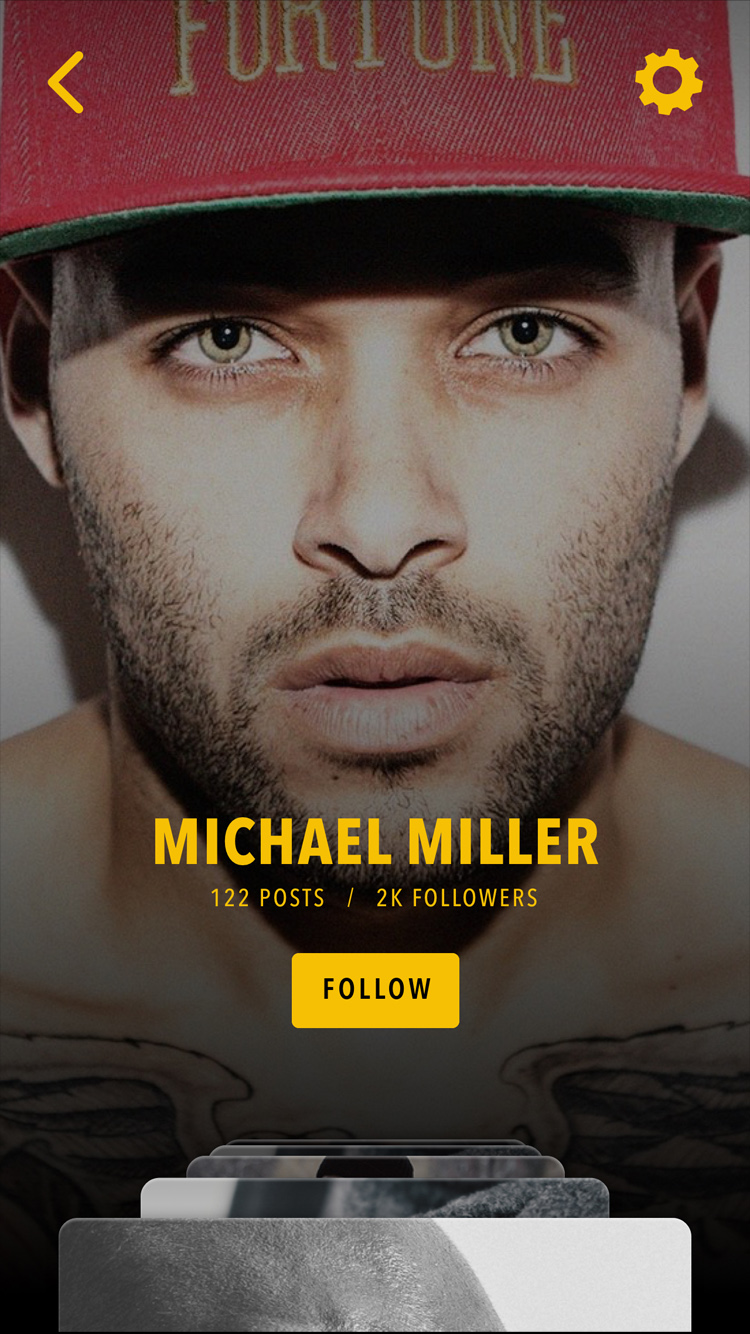CHALLENGE
Brands and products reflect who you are and who you aspire to be.
Social media has fundamentally transformed how we communicate and gather information. Sharing personal stories, interests, and activities has become an integral part of our daily lives. This act of sharing allows us to define ourselves to others, strengthen relationships, and find personal fulfillment.
Brands, in turn, serve as a reflection of who we are and who we aspire to be. They give us a sense of belonging to something larger and help us identify with others. The innate human desire to belong to a group of like-minded individuals plays a crucial role in shaping our behaviors. As a result, the brands our peers engage with and express affinity for significantly influence our purchasing decisions.
In a world where online shopping is a growing phenomenon, satisfying our need for belonging is becoming increasingly challenging. Impersonal advertisements flood every corner of the internet, while social networks are overwhelmed with excessive information.
Finding personal recommendations for brands and products is becoming more difficult. So where is the platform where people can connect with others who share the same ideologies, tastes, and interests? The answer: it doesn’t exist yet.
Brandsetters aims to solve this by creating an elegant social platform where users can inspire each other with their passion for brands and products. Tomorrrow Labs has been brought on board to help make this vision a reality.

